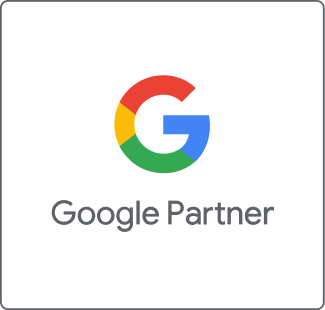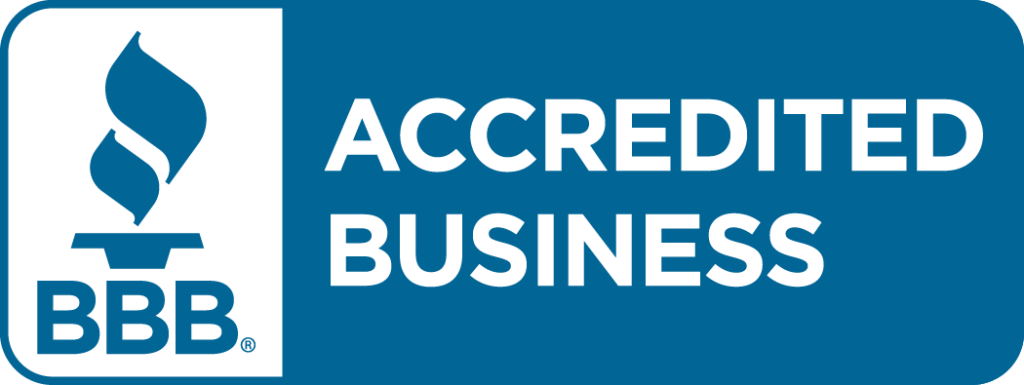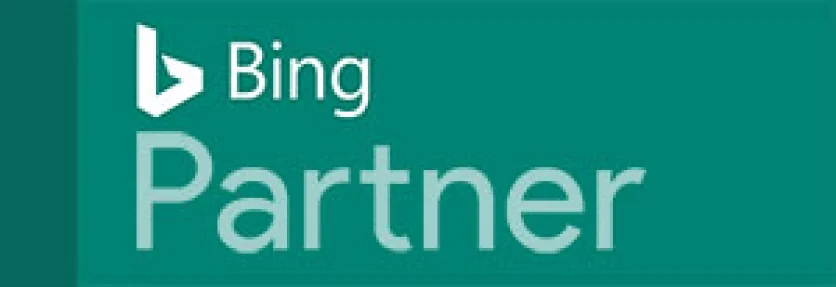Today we’re discussing a topic that’s near and dear to my heart — editing. I worked as an editor for about five years at my last job. It was an enlightening, character-building experience.
Working as an editor forced me to become a fine-print-reading, attention-to-detail guy. It made me a more curious reader and thorough writer. It also made me more aware of the immense marketing value polished editing can contribute to any organization. Editing enhances your image, builds credibility, and establishes authority. It shows attention to detail, promotes professionalism, and communicates a commitment to excellence.
On the other hand, a lack of editing can be disastrous for your bottom line.

Editing is one of those things that’s easy to take for granted; it’s admittedly abstract, hard to measure, or pin down. What’s the ROI on catching a horrific typo before it gets tweeted out? How much revenue is a typo-free, erudite website responsible for? Hard to say.
Editing is an artform — albeit a thankless, often overlooked one. It’s no small task to make copy pop and sentences sizzle. Sure, editing copy takes longer and requires more resources, but much like hand-hewn craftsmanship, the end product is usually higher quality, sturdier, and more appealing.
That said, you probably don’t have a full-time editor on staff. Which means the task of editing often falls to you. If that’s the case, fear not! We’re not talking rocket science here. But editing is an important facet of marketing, and something that requires practice (and patience).
With that in mind, let’s talk some editing pointers and basics. We’ll start with the three Cs of editing — making things clear, concise, and compelling.
[hr style=”3″ margin=”40px 0px 40px 0px”]
Making Things Clear
When it comes to writing, clarity is king. The main thrust of editing, in my book, is to state things as clearly as possible in a pleasing manner. Worst case scenario is causing confusion, conveying the wrong message, or turning people off with clunky messaging.
Proofreading is certainly a big portion of this. You need to read, re-read, read it out loud, read it on different devices, and maybe even read it backwards. Then, after a while, read it again.
Wrack your brain for ways to simplify what’s being said in the clearest possible language. Stay on top of common grammar mistakes we all make. If a sentence seems at all confusing, rework it. Cut out cliches and jargon; err on the side of simplicity.
[hr style=”3″ margin=”40px 0px 40px 0px”]
Making Things Concise
We’ve talked here recently about how humans are increasingly scanners — especially when reading online. Long sentences, rambling paragraphs, and extraneous words need to be cut. Sometimes entire paragraphs need to be trimmed, condensed, or deleted altogether. Sharp, snappy, short blocks of copy, bold letters, bullet points … this is what the people want.
Don’t be shy to cut words, or to turn long sentences (30+ words) into two. You mustn’t be afraid to ‘kill your darlings,’ as Faulkner said. One study found that shorter copy got 100% more clickthroughs than its longer-winded counterpart. It’s the world in which we live.
Concise is better for you (less to proof!) and generally better for your busy clientele. Get to the point, with clear, compact calls to action.
[hr style=”3″ margin=”40px 0px 40px 0px”]
Making Things Compelling
No doubt the trickiest of the Cs, turning copy into something compelling is no joke. There are no silver bullet magic tricks here, as different people find different things compelling. But a good start is to make the focus of your content not so much about you, but about your customer. Some other ways to catapult toward something compelling:
- Be mindful about word selection. Replace boring words with spicier, livelier ones.
- Mix up the cadence of sentences.
- Sprinkle in different punctuation! Add dramatic pauses — they are swell.
- Use graphics as much as possible, as ‘people following directions with text and illustrations do 323% better than people following directions without illustrations.’
- Read stuff that inspires you.
- See what others do to create compelling content.
- Inject humor or a bit of lighthearted human emotion when appropriate.
- Solicit ideas from your colleagues and clients.
- Provide useful information.
Of course compelling content is also clear and concise. These three Cs of editing are inextricably linked.
The trick is learning — through hard work, trial and error, and practice — how to combine all three. Just like any other craft, editing requires repetition, proactive learning, and effort. It’s not glamorous, there’s certainly nothing sexy about it, but I guarantee becoming a better editor will make you a better marketer.
[acf field=”cta_10″ post_id=”option”]



